| I traveled to Peru extensively in July of 2011. My first stop was the capital city of Lima, then we traveled to Cuzco and did a tour of the Sacred Valley of the Inca's then we traveled by train to Machu Picchu 100 years after Hiram Bingham found the abandon city. Finally we traveled to Puno and Lake Titicaca. Peru is a vibrant and exciting country with a very diverse population, an natural beauty and a slew of historical sites. |
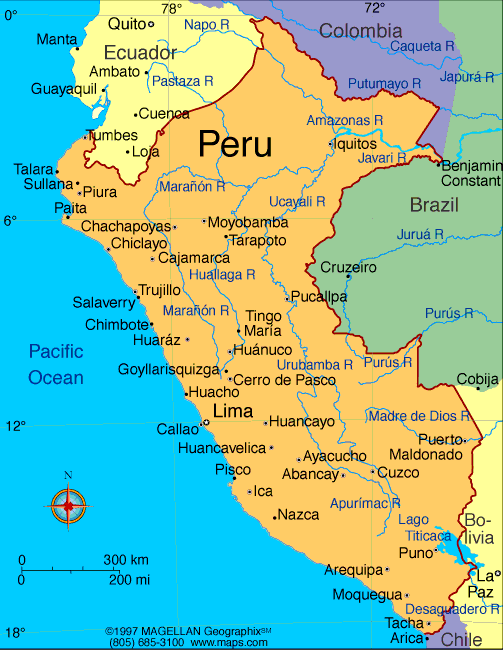 |
The earliest people are believed to have inhabited the area around 6000 BC. Over time a series of dominant city-states emerged like Chancay, Cajamara, and Sipan, and empires of Chimor and Chachapoyas. These kingdoms developed around refined methods of cultivation, pottery, gold and silver crafting, knitting and metallurgy. The Inca Empire would eventually expand their territory throughout most of the Andes, eventually reaching its peak between mid-1400 and late-1500. In 1532, Francisco Pizarro invaded Peru in the name of Spain rebuilding the Inca city of Cuzco as a new Spanish colony. Lima was established as a center for many political and administrative institutions. In 1542, the Viceroyalty of Peru was built to unite Spanish royal authority over its South American territories. In July of 1821, Jose de San Martin of Argentina proclaimed the independence of Peru in Lima. Soon after, Peru engaged in many territorial disputes conflicts with its neighbors of Bolivia, Chile, and Ecuador. Peru became politically stabile in the early 1900s, after the Pacific War. Economic stability came in the 1990's and Peru has been doing quite well since. |
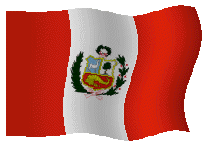 |
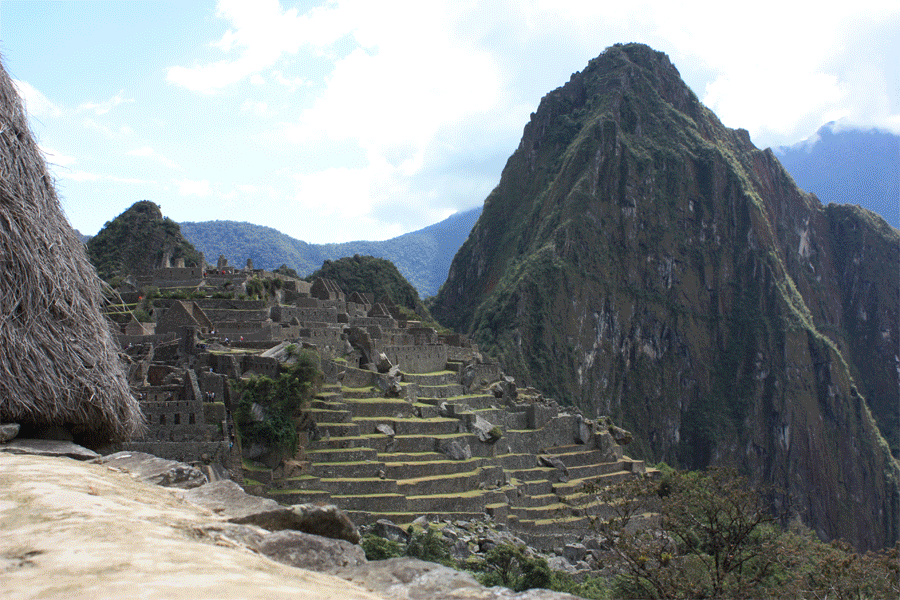
Images of Machu Picchu
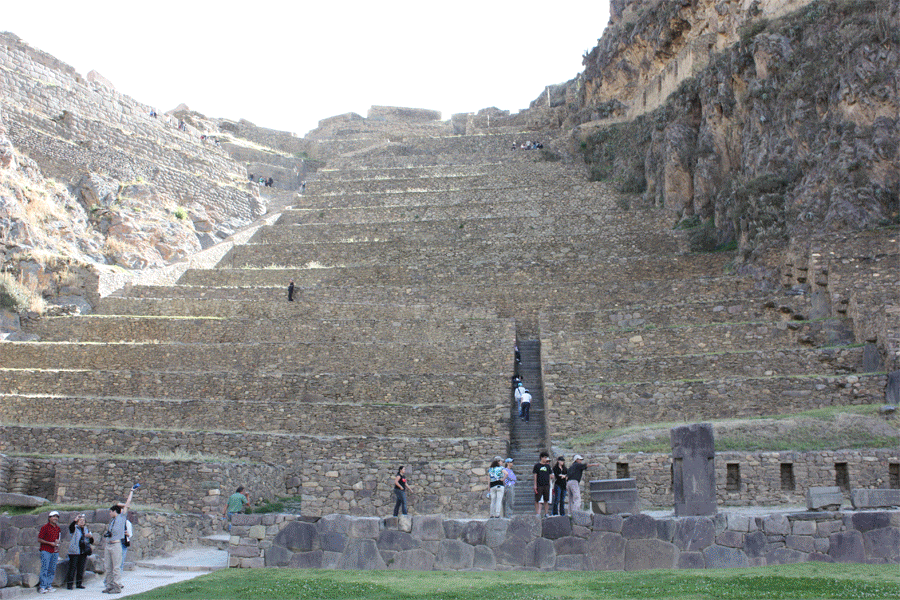
Images of Cusco
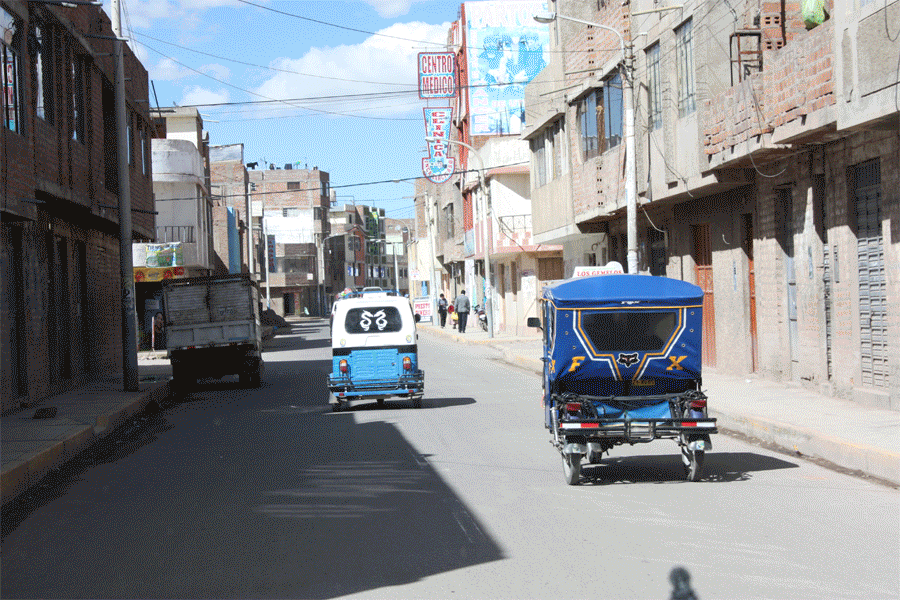
Images of Puno and Lake Titicaca
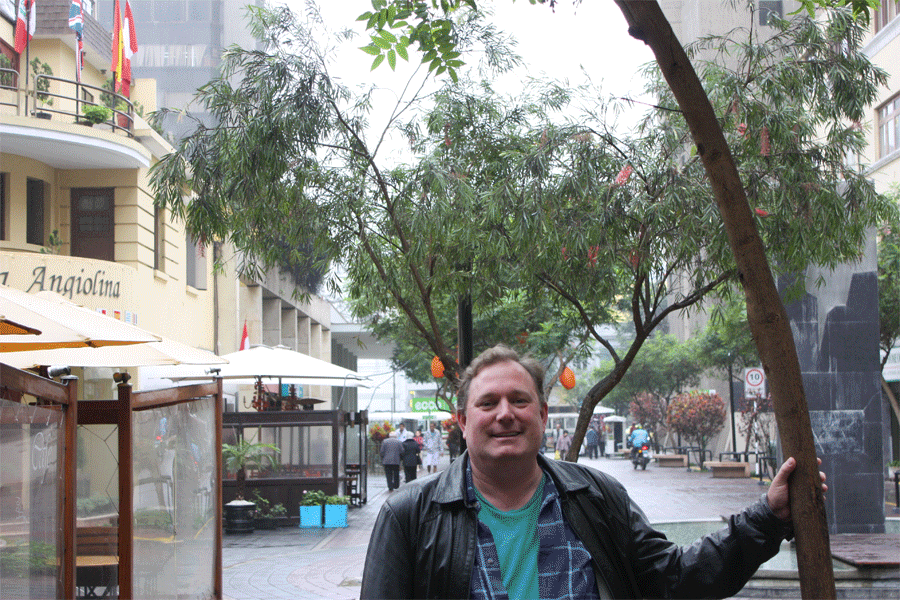
Images of Lima
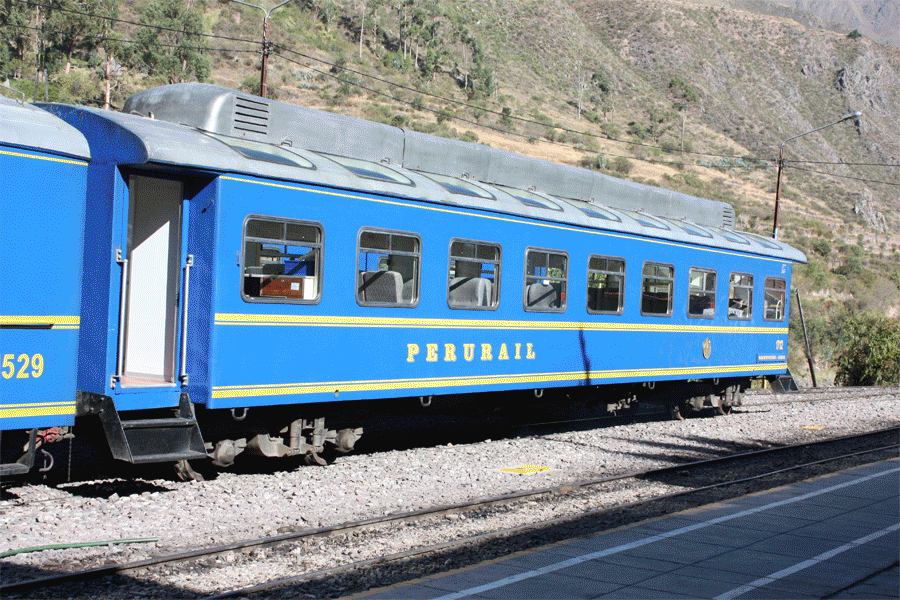
More Pictures of Peru


